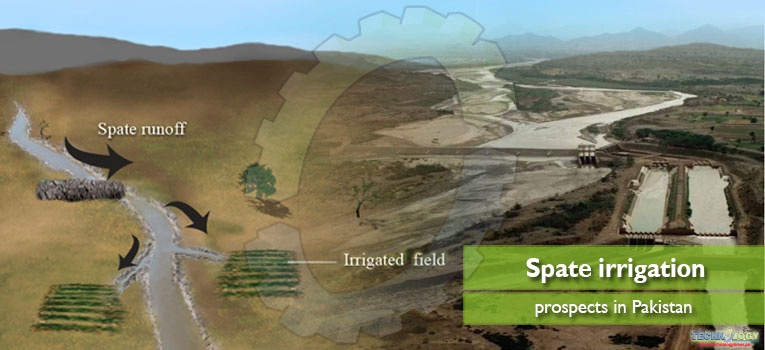ghazi52
Think Tank Analyst
- Mar 21, 2007
- 114,166
- 165,222
- Country of Origin

- Country of Residence

Under Construction Nai Gaj Dam.
WAPDA is constructing Nai Gaj Dam near Dadu in Sindh.
Scheduled for completion by end 2024, this multi-purpose project will store 300,000 acre feet of water to irrigate 28,800 acres of land.
It will also have a small hydel power station to generate 4.2 MW green, clean electricity...
WAPDA is constructing Nai Gaj Dam near Dadu in Sindh.
Scheduled for completion by end 2024, this multi-purpose project will store 300,000 acre feet of water to irrigate 28,800 acres of land.
It will also have a small hydel power station to generate 4.2 MW green, clean electricity...









